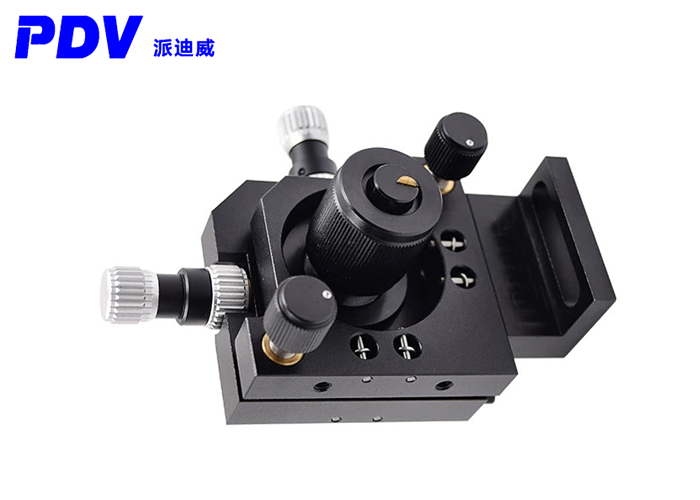Brief introduction of objective
Pulished on Jan. 26, 2024
Objective lens is an important optical component in microscope, which plays the first step of magnifying the object, thus affecting the quality of imaging and various optical technical parameters. The structure of the objective lens is complex, consisting of a number of lens groups fixed in the objective tube, each lens group is formed by a series of different parameters of the lens gluing together, multiple lens groups cooperate with each other to effectively correct the aberration of the objective lens.
一,Type of objective lens
1.)Sort by color difference
Achromatic objective: can only correct the axial chromatic aberration of red and blue light, while correcting the spherical aberration and paraxial coma, is a common objective lens, relatively simple structure, often used in medium and low level microscopes.
Apochromatic objective lens: apochromatic objective lens structure is complex, the lens is made of special glass or fluorite and other materials, the shell of the objective lens is marked with "APO", this objective lens can not only correct the color difference of red, green and blue light, but also eliminate the remaining color difference, and can correct the spherical difference of red and blue light. Due to the perfect correction of various aberrations, it has a larger numerical aperture than the achromatic objective with response magnification, which not only has high resolution and excellent image quality, but also has a higher effective magnification. Therefore, apochromatic objectives have high performance and are suitable for advanced research microscopy and photomicrography. Use the compensating eyepiece when observing, otherwise the image quality will be degraded.
Semi-apochromatic objective: Semi-apochromatic objective is a kind of objective, also known as fluorspar objective. The shell of the objective is marked with the word "FL", the number of lenses in the structure is more than the achromatic objective, less than the achromatic objective, and the imaging quality is far better than the achromatic objective, close to the achromatic objective.
2.)Classification according to the flatness of the image field
The structure of the flat-field objective lens is complicated, and a thick half-moon lens is added to the lens system of the objective lens to correct the defects of the field curvature. The field of view of the flat-field objective lens is flat, the field of view is larger, and the working distance is larger than that of the ordinary objective lens, so it is suitable for advanced research microscopy and microphotography.
Flat field achromatic objective: The shell of flat field achromatic objective is marked with "PLAN". The complex structure of multi-lens combination effectively corrects astigmatism and field curvature, and overcomes the problem of uneven field clarity of achromatic objective. Flat field achromatic objective lens still has residual color difference, if the vertical color difference is less than 1%, can not be used with the color difference correction compensation eyepiece; If the vertical color difference is more than 1% and less than 2.5%, it needs to be used in conjunction with the compensating eyepiece.
Flat-field apochromatic objective: The shell of flat-field apochromatic objective is engraved with "Plan Apo", which corrects the axial chromatic aberration, astigmatism and field curvature of the three spectral lines of red, yellow and blue. It is the best form of microscope objective, and the entire field of view is flat and clear.
Flat-field semi-apochromatic objective: the shell of the flat-field semi-apochromatic objective is engraved with "Plan FL", and the performance of the apochromatic objective is between the flat-field apochromatic objective and the field apochromatic objective, generally using fluorite (CaF2) material, also known as fluorite objective.
There are also more advanced super flat field objectives (with S Plan engraved on the case) and super flat field apochromatic objectives (with S Plan Apo engraved on the case).
3.)Classification according to particularity
An objective lens designed and manufactured to achieve a specific observation effect is called a special objective lens. It mainly includes the following types:
Stress-free objective: The shell of the stress-free objective is engraved with "PO" or "POL" to eliminate the presence of stress in the lens group assembly, and is used as a transmitted polarizing detection objective to achieve better polarizing inspection results.
Long working distance objective lens: Long working distance objective lens is designed and manufactured to meet the microscopic inspection of tissue culture, suspension and other materials. The observed objects such as tissue culture and suspension are placed in a petri dish or culture bottle, and only the working distance of the objective lens is long enough to meet the microscopic inspection requirements of the above observed objects.












